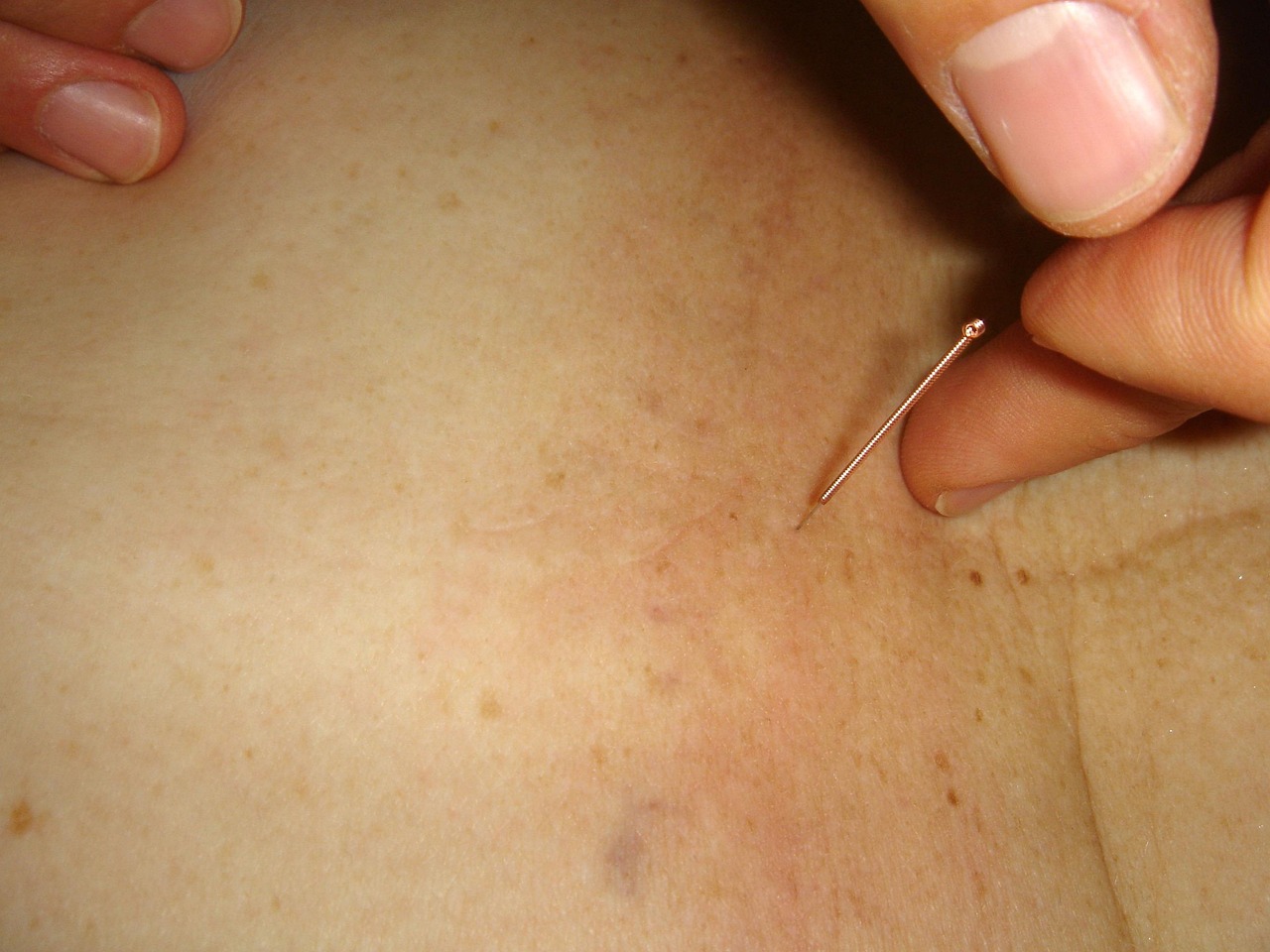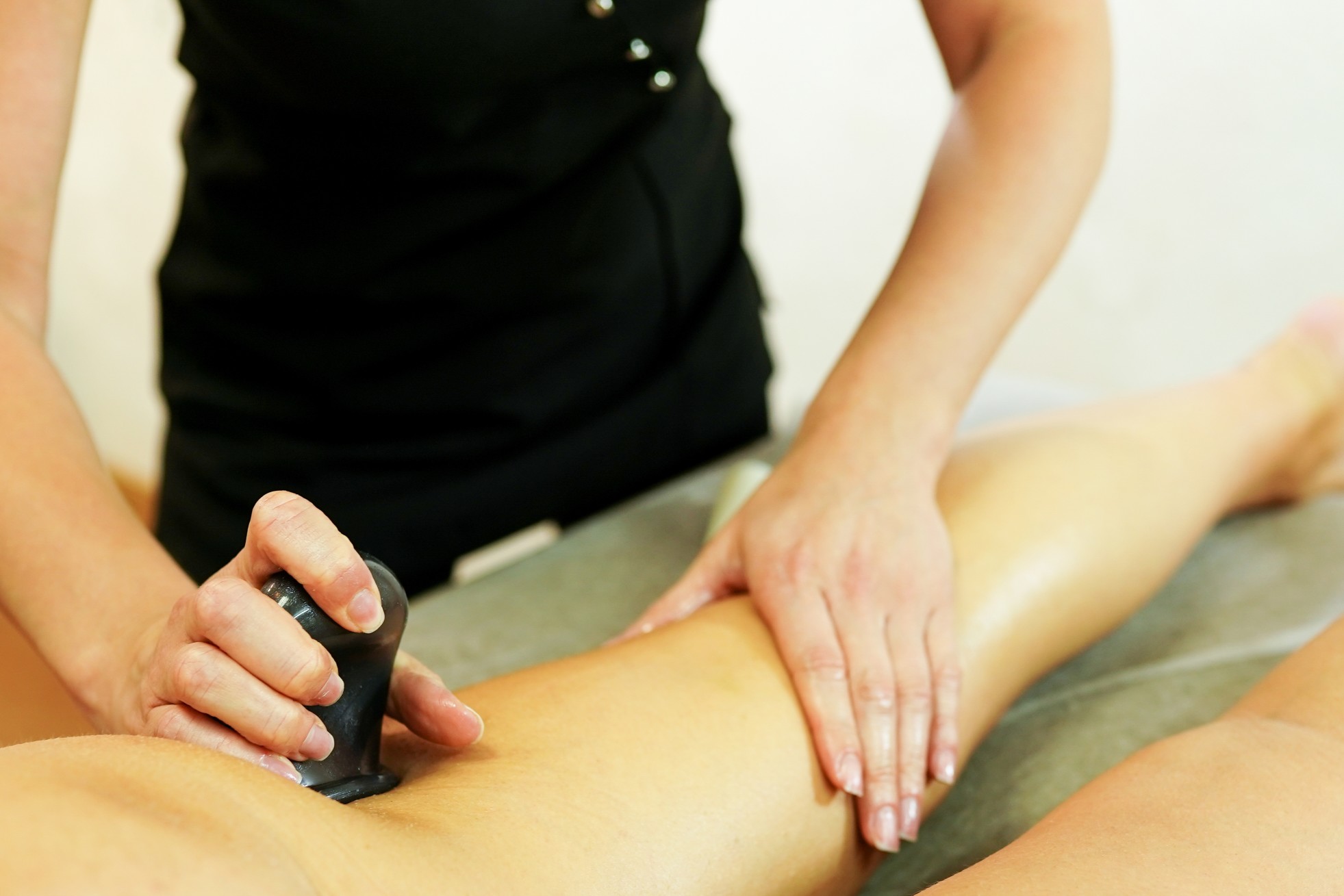Traditional Chinese Medicine (TCM) is an ancient medical system that has been practiced for thousands of years, originating in China. It is based on a unique view of the body, health, and disease, which differs significantly from Western medicine. At its core, TCM aims to balance the body’s internal energies and restore harmony between the body, mind, and environment.
At Longevity Wellness Clinic, we specialize in TCM treatment methods – but what exactly do these treatments entail? Let’s take a closer look at TCM principles and philosophies.

Key Principles of Traditional Chinese Medicine
Qi (Vital Energy): Central to TCM is the concept of Qi (pronounced “chee”), which is often translated as “vital energy” or “life force.” Qi flows through pathways in the body known as meridians. It is believed that a smooth and balanced flow of Qi is essential for health, while blockages or imbalances in Qi can lead to illness.
Yin and Yang: Another cornerstone of TCM is the concept of Yin and Yang, which are opposite but complementary forces that exist in everything. Yin represents qualities such as cold, darkness, and stillness, while Yang represents heat, light, and movement. Health is seen as a balance between these two forces. When Yin and Yang are in harmony, the body is in good health; when they are out of balance, illness can occur.
The Five Elements: TCM also incorporates the Five Elements theory, which describes how the body and its functions are related to five fundamental elements: Wood, Fire, Earth, Metal, and Water. Each element corresponds to particular organs and physiological processes, and their balance influences health.
Zang-Fu Theory: This theory categorizes the body’s organs into two groups: Zang (solid) and Fu (hollow). Zang organs include the heart, liver, spleen, lungs, and kidneys, which store vital substances like blood and Qi. Fu organs include the stomach, intestines, and bladder, transporting and transforming food, liquids, and waste. In TCM, each organ has its physiological role and emotional and energetic significance.
How Patients are Diagnosed in TCM
TCM diagnosis is based on a comprehensive evaluation beyond physical symptoms. A TCM practitioner will often use the following methods for diagnosis.
- Observation: The practitioner examines the patient’s overall appearance, complexion, tongue, and any visible signs such as skin color or posture. The tongue is particularly important, as its color, shape, coating, and moisture can provide insights into the state of the body’s internal environment.
- Inquiry: The practitioner asks questions about the patient’s symptoms, lifestyle, diet, emotional state, and general health to gather a holistic picture of the person’s condition.
- Palpation: The practitioner may feel various pulse points, particularly on the wrist, to assess the quality of the pulse. The pulse can indicate the state of Qi, blood, and the function of the organs.
Treatment Modalities
Traditional Chinese medicine employs various treatment modalities to restore balance and promote healing.
- Acupuncture: This key TCM discipline involves inserting thin needles into specific points along the body’s meridians to influence the flow of Qi. It is used to address a wide range of physical and emotional ailments.
- Herbal Medicine: TCM uses a wide array of plants, minerals, and animal products in herbal formulations to address various conditions. Herbs are often combined into specific formulas tailored to the individual’s condition.
- Cupping Therapy: This technique involves placing heated cups on the skin to create a vacuum effect. It is believed to stimulate Qi, promote blood flow, and alleviate pain or muscle tension.
- Moxibustion: The burning of moxa (a dried herb) near acupuncture points to warm and invigorate the flow of Qi, particularly in cases of cold or deficiency.
- Tui Na (Massage): A form of therapeutic massage that uses various hand techniques to manipulate the body’s tissues, promote circulation, and ease musculoskeletal issues.
- Qigong and Tai Chi: These mind-body exercises involve slow, deliberate movements and breathing techniques to cultivate and balance Qi.
Philosophy and Approach to Chinese Medicine
TCM emphasizes prevention and holistic care. Rather than simply treating symptoms, TCM aims to treat the root cause of disease and restore overall harmony in the body. TCM practitioners aim to promote long-term health and vitality through harmony within the body and with the environment.
The practitioners at Longevity Wellness Clinic are proficient in all aspects of Traditional Chinese medicine. Our approach to holistic health combines TCM, nutrition, and supplementation to achieve optimal health. Call us today to learn more.



